Types Of Wheel Damage and How To Spot Them
If you’ve ever experienced that dreaded sound of your wheel scraping a kerb, we feel your pain.
If you’re anything like us, you grit your teeth, then what follows is that sinking feeling of dread in your stomach.
It’s that same feeling when you unexpectedly hit a large pothole or run over some road debris.
The journey home is nothing but thoughts of how badly damaged your wheel could be.
Sadly, hitting a pothole is sometimes all it takes to suffer some serious wheel damage, that can leave your vehicle sidelined needing a new wheel.
This article discusses how to identify a damaged wheel and the three most common types of wheel damage we see.
Let’s get started.
Alloy Wheel Damage
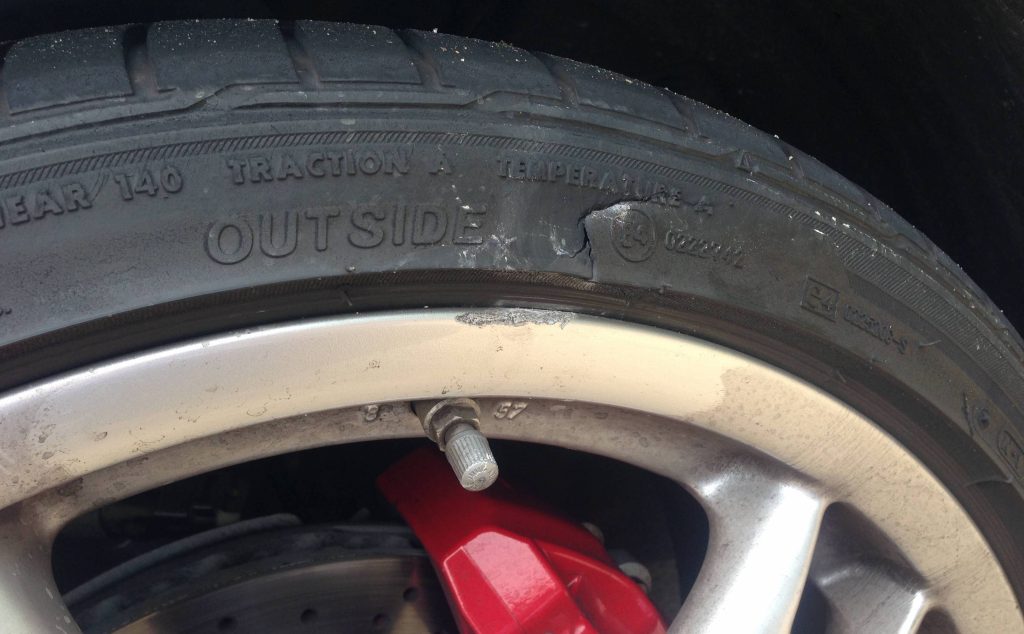
Of course, it’s always better to prevent alloy wheel damage than to try and fix it. The problem with that is, it’s very difficult given the condition of some roads these days.
Also, at face value, everything can look and feel fine to the untrained eye, but a closer inspection by a professional may tell otherwise.
What do we mean by this?
If a wheel is slightly damaged without you knowing, it can impact the whole vehicle if not addressed promptly and appropriately.
So, here are some of the warning signs that your alloy wheels could be damaged:
- Obviously, visible damage
- The tyres are continuously deflating
- Vibrations felt through the steering wheel or seat
- Poor handling
- Sound of rattling or thumping while driving
- An increase in steering effort or steering problems
The 3 Most Common Types of Wheel Damage
There are generally three main causes of wheel damage. Pothole damage caused by hitting an unexpected pothole at speed, kerb rash and a seldom considered cause, wheel corrosion.
Let’s take a closer look below.
Potholes

Tyres do a great job of absorbing most impacts from potholes, kerbs, and unexpected speed bumps, but at some point a big enough pothole will damage any wheel.
The most common cause of cracked wheels is impacting stationary objects or road defects, such as potholes. When your tyre and suspension are unable to absorb the impact, an excessive force will be transferred to your wheel. If this force exceeds the wheel’s ability to absorb it, it may crack or deform.
Be careful not to overinflate your tyres as that brings a greater risk of structural damage. In contrast, an underinflated tyre has the potential to be squeezed between potholes/kerbs, and your wheel could suffer damage such as bends, cracks as a result.
It can be quite dangerous to drive on a bent or cracked wheel.
Having bent wheels could mean the seal or bead of the tyre may lose its integrity, and your tyre will slowly go flat.
Even the most minor case of a flat tyre on the way home from work is a pain no one wants to deal with.
Speaking of flat tyres, many European leading vehicle manufacturers now sell their cars with run flat tyres to help avoid any dangerous blowouts or leaks. You can read more about run flat tyres here.
Unfortunately, repair options for a wheel are quite limited, so more often than not, you will have to shop for a new wheel if it’s suffered damage from a pothole.
If you have a severe impact with an object or pothole, have it looked at by a professional to determine the extent of damage sustained and appropriate corrective measures.
Kerb Rash
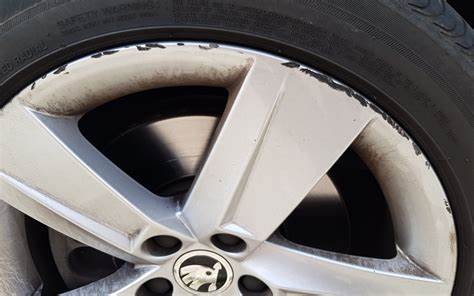
When a driver makes a tight turn, parallel parks, or drives on a flat tire, they may accidentally scrape their wheel on the kerb. This results in scratches, scuffing, scrapes, and, if bad enough, small chunks or your wheel missing.
Just thinking about it makes us cringe. It’s something we’ve all done but wish we hadn’t.
If you didn’t know what kerb rash was, consider yourself lucky!
Why is kerb rash so bad?
If the alloy metals are exposed, you’re at the mercy of natural elements. This means you open the door to corrosion. And nobody wants that.
The invasive nature of corrosion means that it can destroy your alloy wheels mercilessly and very quickly.
Fortunately, kerb rash is generally considered cosmetic.
In most cases, a wheel refurbishing technician with the right knowledge, skills, and equipment can restore your wheels to their original condition.
Even though cosmetic damage may not seem urgent, prompt repair is essential to prevent further wheel decay and ensure safety. In particular, if you live near lakes or oceans or frequently drive in snow. All these create ideal conditions for the oxidising of your aluminium alloy wheels.
Wheel Corrosion
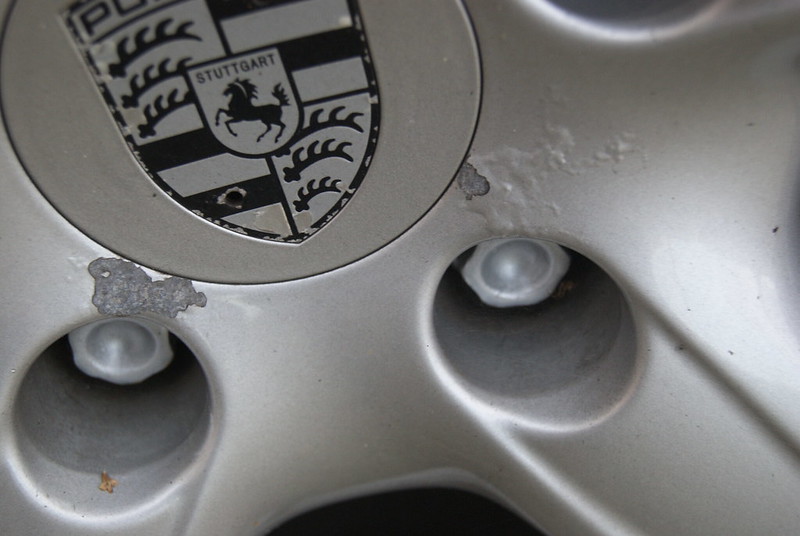
Wheel corrosion can start from kerb damage, stone chips and the use of sulphuric acid based wheel cleaners. Small manufacturing defects such as lacquer perforation, iron contamination and poor paint coverage in the bolts holes can also be the source of corrosion.
Wheel Pitting
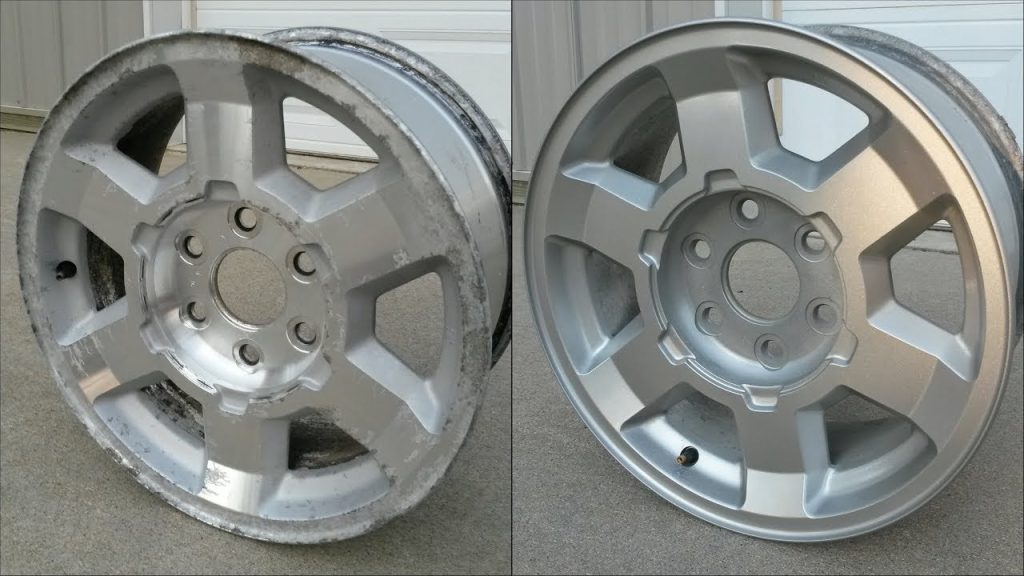
The factory clear lacquer coat on steel and alloy wheels can peel off on rare occasions and in harsh environments, allowing corrosion to occur.
Climate conditions and kerb damage can compromise the clear coat, exposing the underlying metal to air and water.
As a result, the wheels become pitted, which leaves them looking unattractive and can cause leaks if the corrosion spreads under the tyre bead seat surface.
What Else Can Damage a Wheel?
When you actually think about it, there are quite a few things that have the potential to damage your wheels.
Below are some more common ways damage can occur:
- Damage to bolt holes from careless quick fitter wheel guns
- Driving without sympathy for the condition of the roads Impacts with road furniture
- Harsh Cleaning Chemicals and materials
- Under-inflated Tyres
- Carless removal of locking wheel bolts and nuts
Wheel Cracking
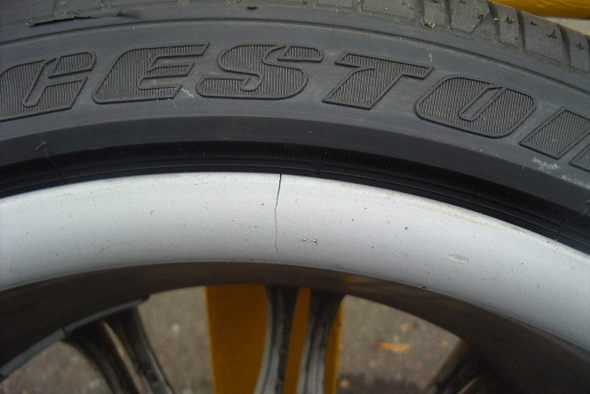
Driving on uneven or rough roads may crack wheels even when the tyres are inflated correctly.
As you already know, cracked wheels are usually the result of running over a pothole or a kerb.
However, salted winter roads can damage tyres, which can then deflate and leave the wheels more prone to damage.
Because of this, it’s common for vehicle owners to purchase a second set of wheels and tyres for winter.
Another common reason for broken or cracked wheels is cheap Chinese aluminum alloys that are not as strong or well designed as OE wheels.
Obviously, this type of wheel damage can be catastrophic.
It’s for this reason we only stock genuine wheels. Genuine wheels come either as standard or as a factory option when you buy a new car.
You can read more about genuine wheels and why they are important here.
Iron Contamination
Many people are surprised to learn that their brake pad dust could be damaging their wheels.
Yes, it’s true. Iron contamination from brake pads can cause corrosion on all wheels.
Under normal and harsh braking conditions, heat is generated, and your brake pads slowly disintegrate, causing dust.
During disintegration, hot deposits get stuck on the rim. You may notice a significant difference in the appearance and life of your alloy rims caused by metal particles and resin particles.
You’ll notice this more on European cars as they generally use a softer brake pad.
To avoid severe pitting, you should get your wheels professionally cleaned regularly to remove iron deposits.
Alternatively, you can clean your alloy wheels yourself, but there are right and wrong ways to do this. Keep reading to find out how to properly clean your alloy wheels.
If left unattended, extreme pitting can occur, requiring a wheel refinish to restore your wheels’ appearance.
Wheel Cleansers
Acid-based cleaners are often used to clean vehicle wheels, but if left on the wheels for extended periods, the cleansers will strip away the factory clear coat, resulting in oxidation of the base material below.
How To Properly Care For Your Wheels
To slow down corrosion, be sure to properly clean and polish your wheels.
Here are a couple of quick tips:
Cleaning
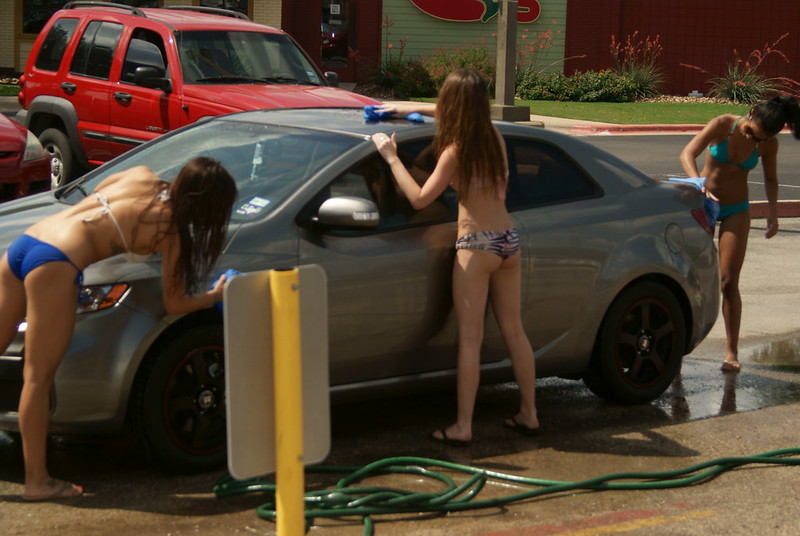
Clean your wheels regularly to prevent iron contamination or accumulation of brake dust. Use a high-quality pH-balanced cleaner that will not strip away the wheel’s clear coating.
Don’t let it soak in too long, though, and always follow the instructions on the bottle. You need to make sure you get into every nook and cranny, and the best way to do this is by using a small soft bristle brush.
Once you are satisfied, rinse the wheel and dry with a soft cloth.
Wheel Polishing
Once your vehicle’s wheels have been properly cleaned, choose a suitable polish or wax for your specific wheel finish.
Regular painted and lacquered alloys should be waxed.
Finally, if your wheel has a chrome finish, you should use a reputable chrome polish.
How Do You Know If Your Wheel Is Damaged?
he first and most noticeable sign that your wheels could be damaged is if your tyre cannot hold air for very long or you notice some irregular wear on a specific tyre.
So if your tyre is continuously losing pressure and you don’t have a punctured tire or your valve stem isn’t leaking, your rims may be worn or out of round.
Another telltale sign of wheel damage is if you feel vibrations in your steering wheel when driving.
Remember that other wheel and suspension troubles may also cause vibrations, so check your suspension.
Finally, if your vehicle is drifting or pulling to one side your wheel alignment values might be off. That means a potential problem with either your wheels or suspension.
This can also cause an uneven tyre wear pattern that should be easy to spot.
It would be best if you looked out for:
- Visible damage to your wheel
- Unpredicatble handling
- Increased effort when turning the steering wheel
- Increase in the number of fuel fill-ups you’re making every month
If you experience any of the above, it’s time to get an alloy wheel expert on the case to
Can You Fix A Damaged Wheel?
Generally speaking, cosmetic wheel damage or superficial damage to the wheel like curb rash, scuffs, scrapes, or scratches should be repairable.
In most cases, structural wheel damage such as cracks, bends, or any underlying structural integrity issues won’t be repairable.
Repairing a wheel is a complex process that requires specialised tools and knowledge, so it’s best to leave this type of work to dedicated professional wheel restorers.
Conclusion
If you’ve been driving cars for long enough, it’s likely that you’ve suffered some type of wheel damage before.
Kerbs are the biggest culprit of wheel damage and in most cases this is easily repairable.
If you’re one of the unlucky ones and have hit a large pothole recently, remember to have your wheel looked at for any potential damage.
Wheels that are damaged can pose a serious risk to you and others. If you notice any signs of damage to your wheel, make sure you replace it as soon as possible and don’t drive the vehicle.

